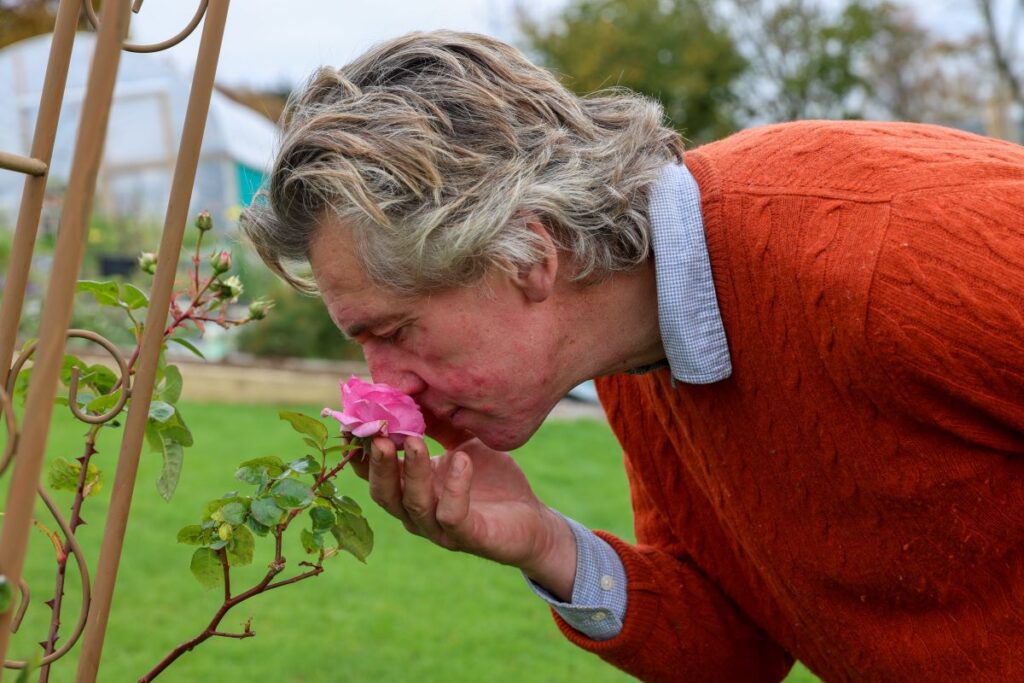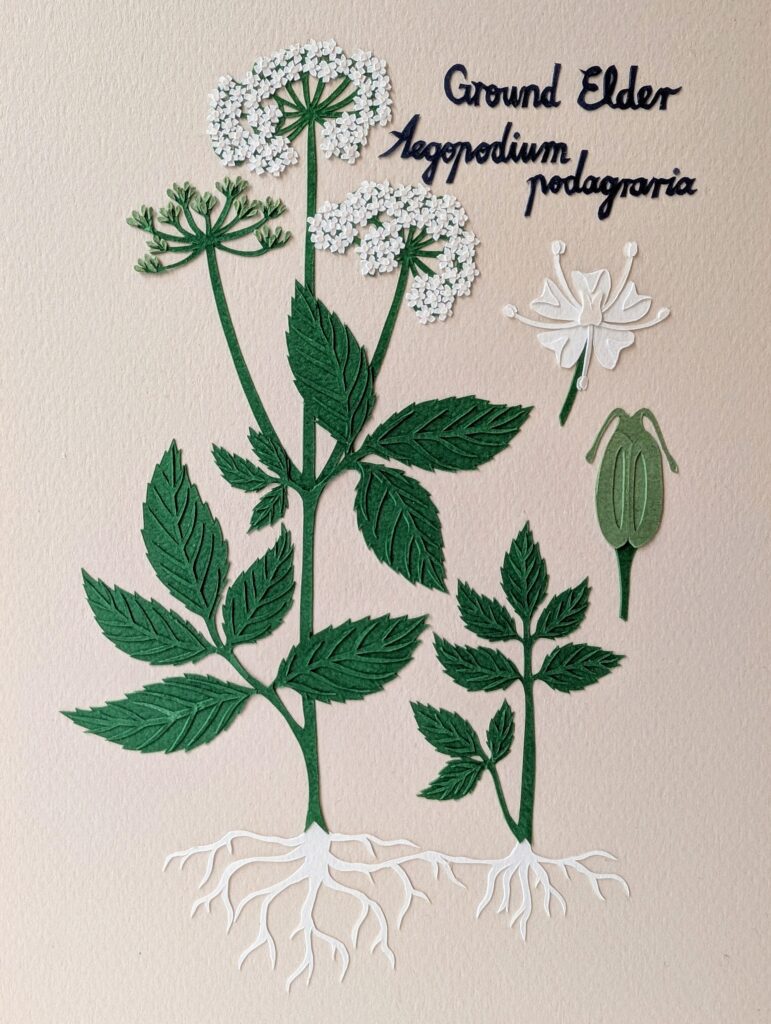
Hamish Martin: ‘Ground Elder is a staple food source in our family – and it has fabulous benefits for wildlife’
This month gardening columnist Hamish Martin explains why seeing the shoots of Ground Elder unfurl is a spring delight, as he explores the many uses of this versatile plant.
The first signs of ground elder appearing in early March, may put a chill in some gardeners hearts but for this gardener, it’s a quiet internal rejoicing that happens when the first signs of the beautiful lime green shoots start to unfurl from the dormant soil.
In early Spring this is one of our family’s staple food sources and is delicious fresh, with a taste reminiscent of parsley.
Have it fresh in salads, boil it like spinach and we also use it as a garnish for canapes to serve to our customers who come to enjoy a lunch after having a morning nature/plant lore walk.
The leaves are best eaten when young, in fact I like to cultivate the ground elder and cut it back after the first harvesting so as to encourage a second flush of the young shoots then I will leave them to flower.
Their leaves resemble the shape of the Elder tree leaves hence the name ground elder and in summer flower stalks grow above the dense foliage and produce umbels of tiny white flowers.
Not only is it a great food source for us but the plant offers a fabulous amount of benefits for wildlife; there are numerous beetles, leaf miners, butterflies and moths that feed on ground elder, including frosted orange moths and the rare swallowtail butterflies.
Its carpet of leaves also provides habitat and shelter for various creatures, including ground active invertebrates.

Ground elder is definitely something to celebrate growing in the wilder patches of a garden but if you have them growing in your precious herbaceous flower bed it is not good news as they spread their shallow rhizomatous roots to form dense matting suffocating any fragile herbaceous plants.
I am afraid the only way to rid it from your flower bed is by digging up all your plants and picking the white roots out and putting your carefully washed and cleaned plants into a holding bed.
Keep the plants there for around six months minimum, to ensure you have eradicated the ground elder roots.
This also gives you the time to continually make sure there are none of these roots left in the original bed and only when you are sure they have all been eradicated then you can bring your precious plants back in.
I should know, as I have had to do exactly this but what I did do with the roots of the ground elder roots was to plant them in a shady place to help cultivate them to harvest.
The history of how this plant arrived on these shores was said to have been brought over by the Romans, which there are many plants attributed to this theory, as primarily as a food source as the leaves contain a high amount of vitamin C.

Credit: Naomi Harvey
However, when the plant begins to flower it is said that the medicinal value increases. Ground Elder’s old name was ‘goutwort’ as this was the plant’s main purpose as a cure for gout and to relieve the pain and swelling.
In modern herbalism an infusion is used in the treatment of rheumatism, arthritis and disorders of the intestines; it can also be used externally as a poultice on burns, stings and painful joints.
As with all our wild plants, they are not there for the display in our formal flower beds but their power lies in the fact that they are there to help us medicinally, be a food for our bodies, but most of all, offer a place of sanctuary and life giving energy to the wider wildlife that surrounds them.
Read more Garden stories here.
Subscribe to read the latest issue of Scottish Field.
TAGS

